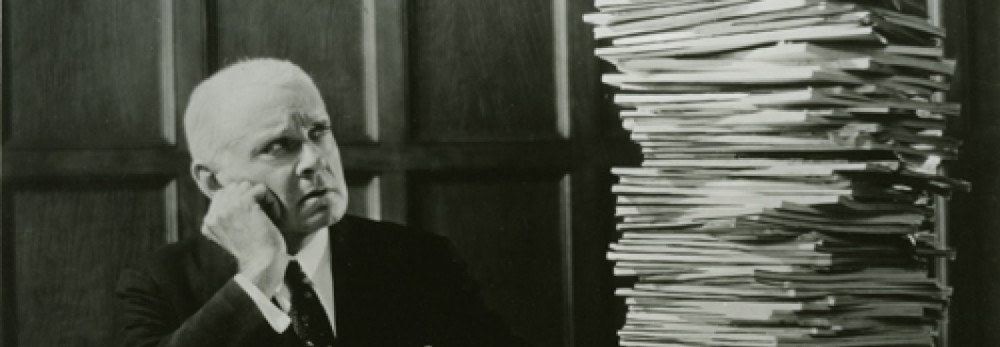The convergence of internal path integration with sensory information from external landmarks generates a cognitive spatial map in the hippocampus. We have recorded the activity of cells in CA1 during a virtual navigation task to examine how mice represent, recognize and employ sparse olfactory landmarks to estimate their location. We observe that the presence of odor landmarks at multiple locations in a virtual environment greatly enriches the place cell representation and dramatically improves navigation. Presentation of the same odor at different locations generates distinct place cell representations, indicating that path integration can disambiguate two identical cues on the basis of location. The enhanced place cell representation at one cue location led to the formation of place cells at locations beyond that cue and, ultimately recognition of a second odor cue as a distinct landmark. This suggests an iterative mechanism for extending place cell representations into unknown territory. These results reveal how odor cues can serve as landmarks to guide navigation and suggest a model to explain how the convergence of landmarks and path integration participates in an iterative process that generates a cognitive spatial map.
Source: Olfactory Landmarks and Path Integration Converge to Form a Cognitive Spatial Map | bioRxiv
